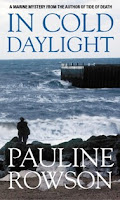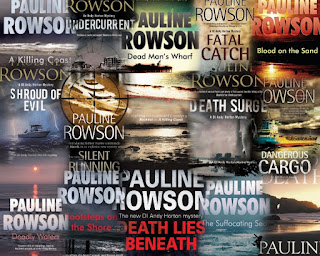It takes time to evolve the ‘perfect system’ for writing a novel and once a writer does he usually sticks with it. Finding that ‘perfect system’ is often a matter of trial and error until bingo, something clicks. That’s how it was for me anyway.
Before I struck on the 'perfect system' I tried all sorts of ways of compiling my research, plots and character outlines, from using note books to wall maps, from card indexes to A4 folders. None of them worked.
 |
| My first thriller novel |
The A4 folders looked nice and neat, all properly indexed, but because of my civil service training my mind told me that something in a file, was 'filed away,' and therefore actioned, finished with and a novel is a work in progress. Notebooks worked for a while but I got tired of flicking through various pages trying to find the precise piece of information I needed, when I needed it. And they weren't much use for containing the research pulled off the Internet, and from other sources. Wall maps were soon a no,no. They looked messy and very rapidly got covered with notes pinned all over them. So what next?
 |
| The first DI Horton |
I'm not really sure how I evolved my current system of working but gradually it came together so that now all my plot lines and character outlines are executed in pencil on recycled bits of A4 paper. The plot line and each character outline are held together by a separate treasury tag (or India Tag). The individual characters have their names flagged up at the top in a coloured sticker, so that I can grab the right character in an instant (well almost). The research from various sources is then tacked on to that character or plot line.
 |
| The second DI Horton |
All this resides on my desk in a three tiered tray system: bottom tier – maps, timetables, police procedural notes etc; middle tier – regular character details i.e. my inspector, his sergeant, other police and forensic officers and other regulars; top tier – chapter-by-chapter breakdown, plot and sub plot outlines and all the other characters and miscellaneous research. This all stays on my desk until the novel is finished and sent to my editor, when it moves to a table behind my desk and sits in another tray while it progresses to the printed version and I turn to writing the next novel. Nothing is filed away until the novel in question has been printed and is in my grubby little hand.
And as to the actual writing tool? That is straight on to the computer for me, so easy for editing.
A Killing Coast is the seventh in the
DI Andy Horton Marine Mystery Crime Series. Published in hardcover by Severn House




Comments